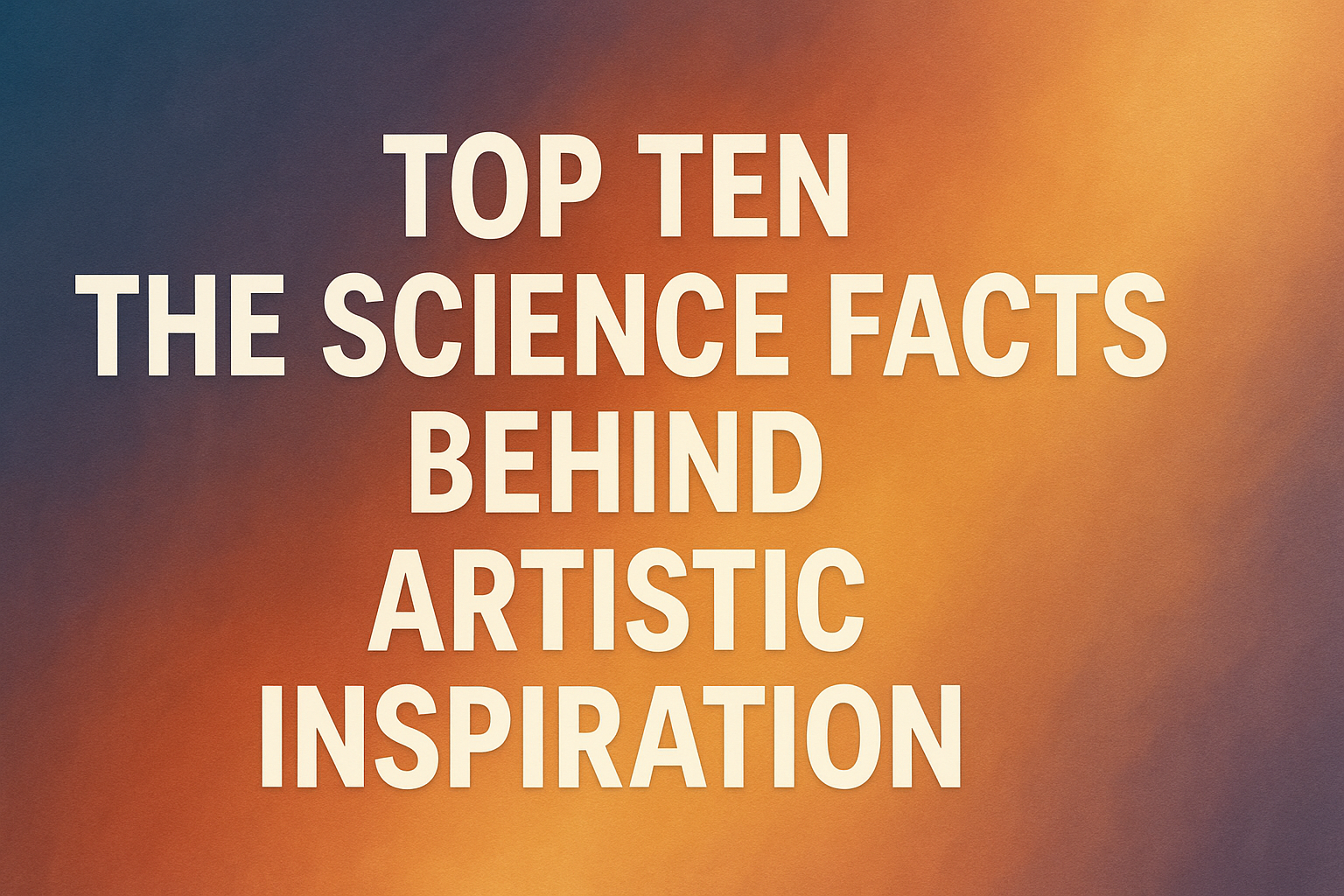Art isn’t just emotion—it’s deeply wired into our biology. Science shows that creativity is not some mystical force but a process influenced by our brain, environment, and even chemicals. Here are ten fascinating facts that explain how inspiration strikes:
The Default Mode Network (DMN)

This brain system activates when you’re daydreaming or resting. It’s crucial for creative thinking and connecting seemingly unrelated ideas.
Dopamine Fuels Creativity

The “feel-good” neurotransmitter dopamine boosts imagination and motivation—essential for artistic breakthroughs.
Sleep Enhances Insight

REM sleep helps your brain make abstract connections, often leading to fresh creative ideas after a good night’s rest.
Alpha Waves Spark Ideas

Your brain produces alpha waves during relaxed states, like walking or showering—often when great ideas pop up.
Right Brain Is Not Alone

While the right hemisphere is linked to creativity, both hemispheres actually collaborate during artistic thinking.
Nature Triggers Creativity

Being in nature boosts attention, lowers stress, and increases inspiration by refreshing the brain’s focus system.
Constraint Breeds Innovation

Limits (like time, space, or materials) can actually push your brain to think more inventively.
Mirror Neurons Enable Empathy

These brain cells help us ‘feel’ what others feel—crucial in expressive arts like acting, music, or painting.
Music Enhances Mood & Flow

Listening to music can improve mood and cognitive flexibility, opening doors to creative flow states.
Creativity Is Trainable

Studies show that regular practice in drawing, writing, or any form of art can physically rewire the brain for deeper creativity.
Final Note:
Artistic inspiration isn’t just magical—it’s biological, emotional, and highly scientific. So next time you create, remember: your brain is working like a masterpiece.


Leave a Reply